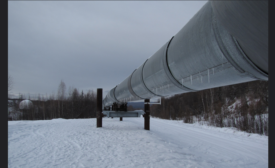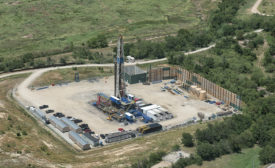Articles by Maureen Paraventi
Investigating unknown health hazards
NIOSH aims to gain more accurate exposure data
April 18, 2016
When your skin doesn’t protect…
Inhalation exposures are not the only threat
April 6, 2016
When your skin doesn’t protect…
Inhalation exposures are not the only threat
April 1, 2016
Investigating unknown health hazards
NIOSH aims to gain more accurate exposure data
April 1, 2016
Never miss the latest news and trends driving the safety industry
eNewsletter | Website | eMagazine
JOIN TODAYCopyright ©2024. All Rights Reserved BNP Media.
Design, CMS, Hosting & Web Development :: ePublishing






